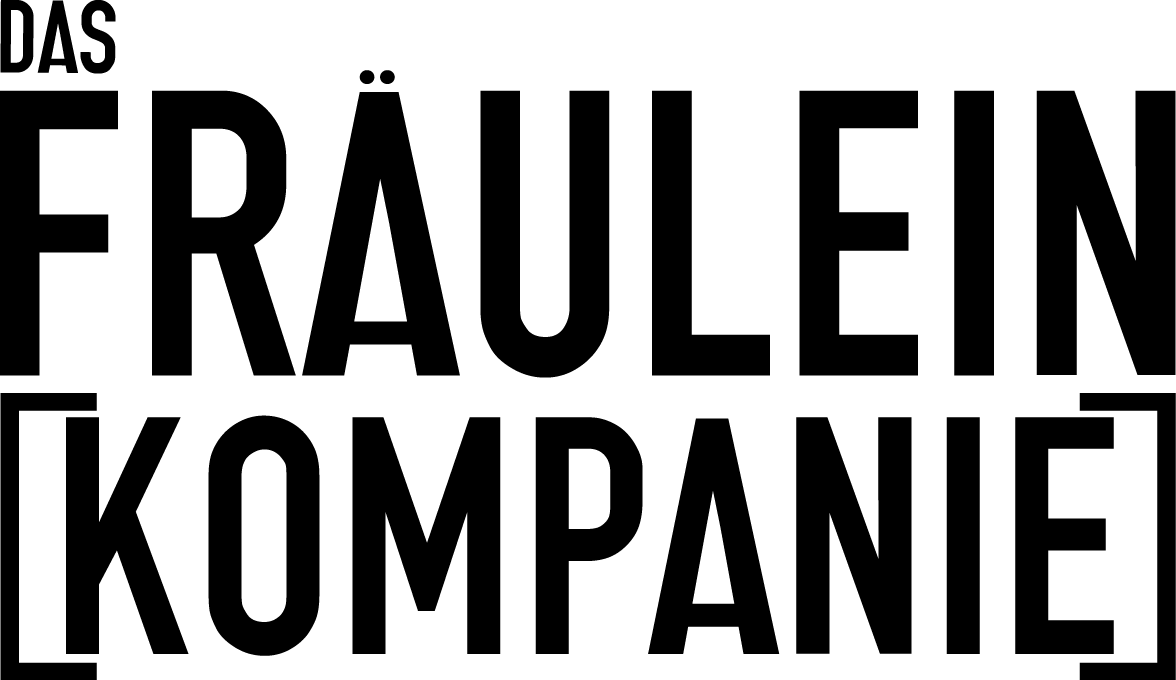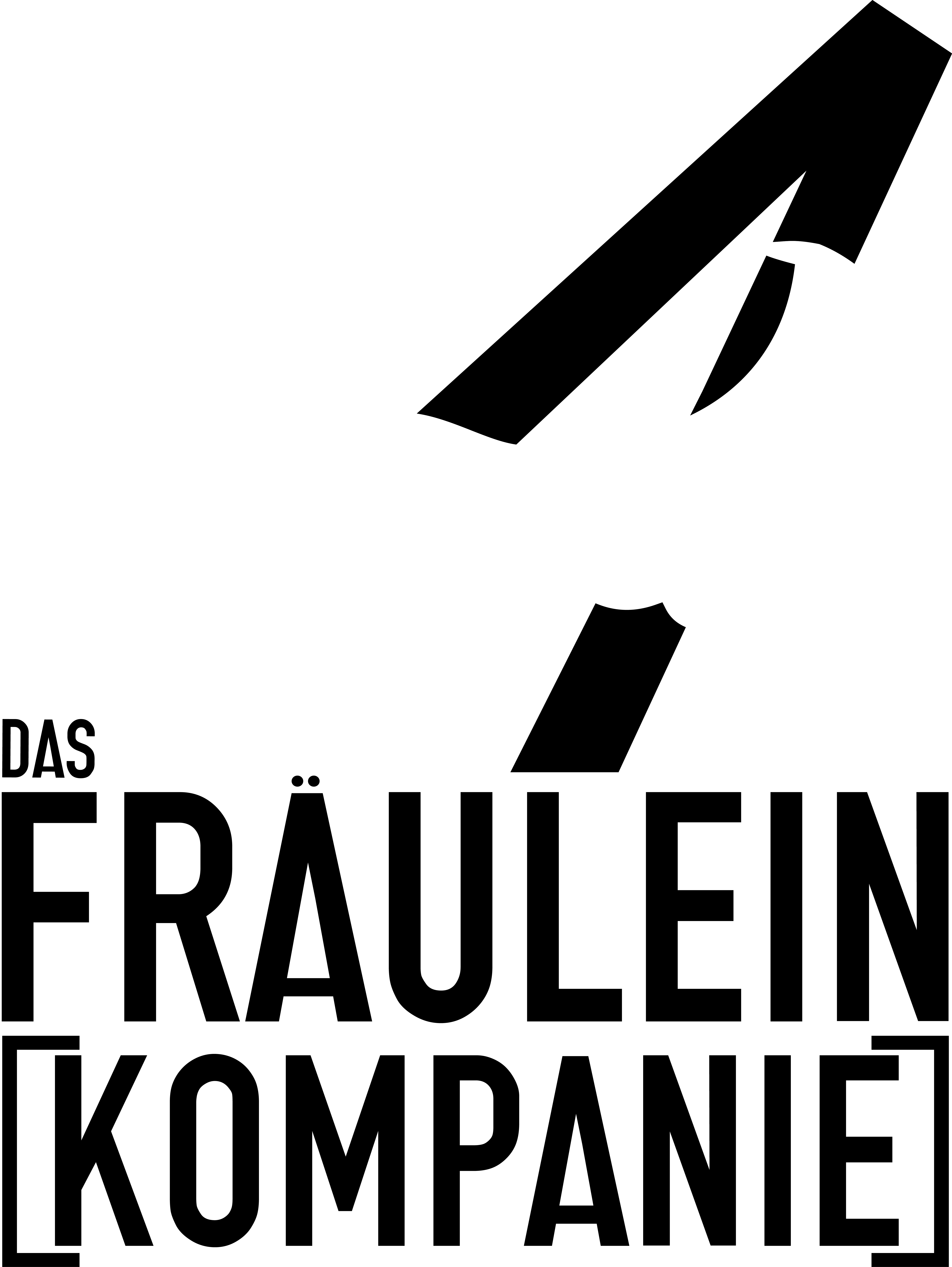Anne-Cécile Vandalem is a Belgian actress, author, and director.
After studying acting at the Royal Conservatory of Liège, Anne-Cécile Vandalem began her career as an actress with various Belgian directors and theater collectives.
In 2003, she started her work in dramatic writing with “Zaï Zaï Zaï Zaï” (2003), followed by “Hansel et Gretel” (2005). Since then, fiction has become her preferred form of expression.
Between 2008 and 2013, she set about writing and producing a trilogy on the topic of home as a place of confinement and isolation through which everything happens. Starting from ultra-realistic universes, she defined the framework of domestic tragedies, both individual with “(Self) Service” (2008), familial with “Habit(u)ation” (2011), and collective with “After the Walls (Utopia)” (2013). Alongside this trilogy, she created “Michel Dupont, réinventer le contraire du monde,” an auditory fable for adults and adolescents.
In 2014, Anne-Cécile Vandalem began exploring the modalities of posture and imposture. She questions a subject/individual’s capacity for action and transformation of reality within different societal spheres, and in her writing addresses the issue of disclosure and fragility as an honest and/or strategic posture. This has led to three creations in different media: STILL TOO SAD TO TELL YOU (video installation), QUE PUIS-JE FAIRE POUR VOUS? (project in public space) and LOOKING FOR DYSTOPIA (multimedia work).
Next came TRISTESSES, the first part of a trilogy on humanity’s major failures, premiered at Festival d’Avignon in 2016. TRISTESSES combines theater, cinema, and music, and earned her the Best Show Award at the 2016 Prix du Théâtre (Belgium), the Best Foreign Show Award at the 2018 Prix de la Critique (France), and the SACD Author’s Award for live performance (Belgium). “Arctique,” the second part of this trilogy, was presented at the 72nd edition of Festival d’Avignon. This performance, halfway between theater, cinema, and music, is a thriller set against the backdrop of climate change. “KINGDOM,” the final part of this trilogy, premiered at Festival d’Avignon in July 2021.
Anne-Cécile also works abroad, notably at the Schaubühne in Berlin (Germany), where she created “DIE ANDEREN” (2019), a fable of anticipation that tells of the abuse taking place in a small village that gradually closes in on itself in the wake of a terrible event. The arrival of a stranger fleeing the fires in the south awakens hostile, protective behaviour.
In 2024, Anne-Cécile begins a new cycle of creations titled “HAUNTED WORLDS,” which, starting from our deadlocks and blindness, will attempt to make visible certain ghost stories that our dominant narratives prevent us from hearing.
Tags: anne-cécile, bio, biographie, biography, vandalemA small, isolated village somewhere in the middle of Europe on a rainy and gloomy autumn evening. It’s been raining frequently; in fact, unceasingly, for months. Alda Ackermann, who manages the »Old Continent« hotel with her husband René, runs over a boy on her way back from a meeting with the village headman – and to top it all, she’s steaming drunk thanks to all the booze served at the meeting. The boy is on the run and just wants to get out of there as quickly as possible. But he is injured and cannot be taken to hospital without Alda being busted. So he is treated in the village and hidden in the hotel. Soon the other villagers grow curious and suspicious; resentments, erotic longings, demands and revenge fantasies are all directed at the stranger who becomes embroiled in a variety of conflicting interests and asks himself many questions about the village: Why are there no children living there? By which rules do the few inhabitants co-exist? Why are they all so strangely wary? He begins to suspect that there is a dark secret.
DIE ANDEREN is a creation produced by Schaubühne am Lehniner Platz performed by the Ensemble.
Tags: anne-cécile, das frauleinReinventing the opposite of the world
Held prisoner in the basement of her home for twenty-six years, a young girl tells the tale of her imprisonment, the story of an escape.
Michel Dupont is a fable told through sound. In a room that’s plunged in darkness, the audience is invited to sit down on a cushion, inside a circle marked out by eight walls, opposite a miniature house enthroned in the middle. The room is slowly plunged into complete darkness, and the audience is taken right to the heart of the story. Combining the heritage of the folk tale and the testimonies of contemporary news stories, the play develops a theme that is dear to the author’s heart from a new perspective: the absolutely essential, vital strength of the imagination in a situation of prohibition and imprisonment.
And so we are invited into captivating sensory world, where each individual’s imagination will take its place at a crossroads: a physical, visual, sonorous, collective and intimate experience. Carved on to a tale told on- and off-stage, offering different levels of narration and an array of sound textures, under lighting that oscillates between dreaming and wakefulness, Michel Dupont guides us and loses us at the heart of a kingdom in which we must find meaning.
“No, black is not black. In a matter of minutes, the eyes get used to the dark, notices shadows, nuances, and the other senses sharpen. Like your hearing, which changes your perception of the tale. There are many people who, at 11 o’clock, come to experience “Michel Dupont, réinventer le contraire du monde”, her new work, performed at La Manufacture, the hub of Avignon’s Off festival. And word of mouth – inevitably – works wonders. Every day, there are a few more people who come and lie down in the dark, in a circle, around the tower, and let themselves be captivated by a story told through sound. (…) Here again, with finesse and relevance “Michel Dupont” explores the themes that are so dear to the author: imprisonment and the vital force of the imagination in this type of situation. Here is a tale told by the Das Fräulein company, which could have been called “I, Michel Dupont, resilient.” And it haunts us.“
La libre, Laurence Bertels, July 2012.
Hansel and Gretel is about isolation and the possibility of overcoming it, and about our relationship with morality: what aspect of the morality with which we have been imbued, very often to our own cost, persists in us despite all opposition?
Following a forbidden love, a brother and sister have become distanced from one another since childhood. Years later, they meet in the cellar of the family home to consummate their love in secret. The story takes place on their wedding day. In order to make it an occasion, they have invented a cast of guests whom they themselves have filmed and played on camera. A throng of friends, cousins and relations on parade in the intimacy of their cellar. But as the evening progresses, the guests become less friendly and the skeletons do not take long to come out of the closets… They will become prisoners in a game of their own making.
In the centre of the stage is a large decorated wedding table is. The actors/characters are sat in the middle. Sitting imposingly alongside them are seven television screens showing close-ups of their guests faces. The audience assists in a game of identity hide-and-seek in which the actors/characters struggle with their own production and enter into fierce combat with themselves. A perpetual mise en abîme, the set is at the centre of a plot with multiple layers.
Highly impressive, the new production from Jean-Benoit Ugeux and Anne-Cécile Vandalem continues their exploration of solitude which began with Zaï Zaï Zaï Zaï. We encounter an isolated couple, this time confronted with their wedding guests. But nobody is there: the married couple have played and filmed their guests themselves. The synchrony between the actors and the tv screens is staggering. The sense of coldness which it creates is equally incredible. Our attention gets lost somewhat, but the mind seethes as we gradually understand the profound reasons behind all these goings on. A production which is as distressing as it is majestic.
Laurent Ancion, Le Soir, 2006.

